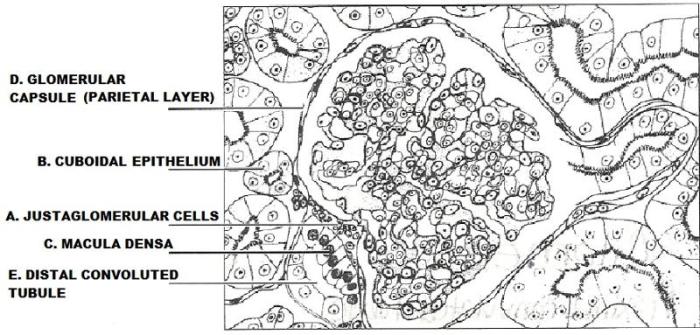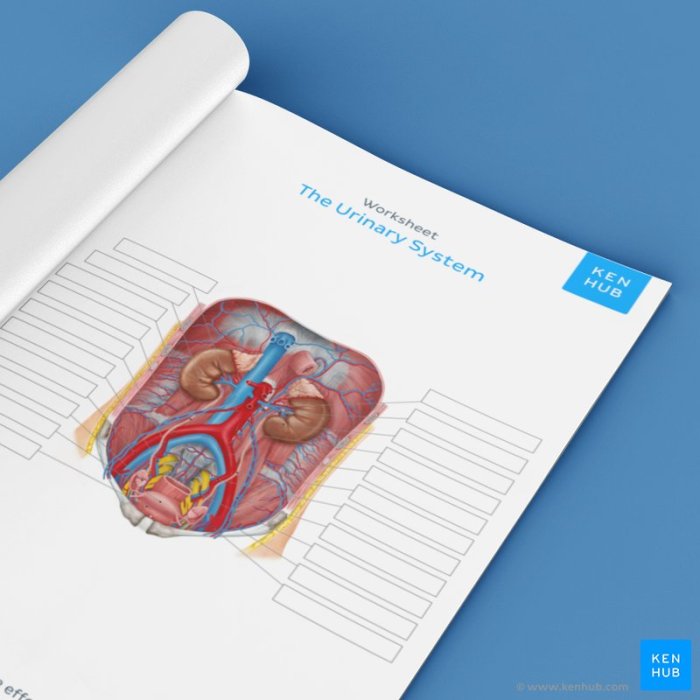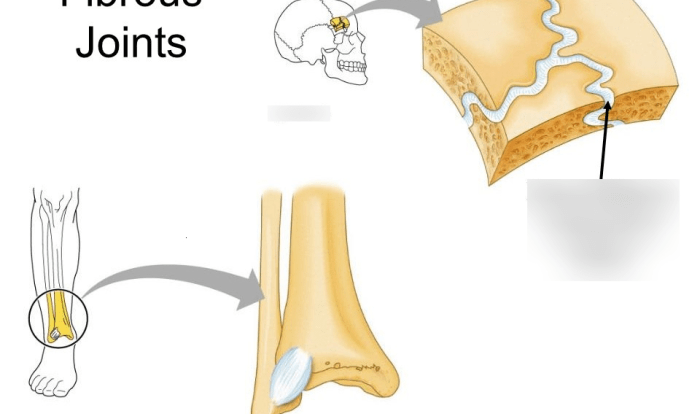Review sheet 40 anatomy of the urinary system – Review Sheet 40: Anatomy of the Urinary System embarks on an illuminating journey into the intricate realm of renal structures and their pivotal role in maintaining homeostasis. This comprehensive guide unveils the secrets of the urinary system, shedding light on its vital functions and the fascinating interplay of its components.
Delving into the depths of the urinary system, we uncover the kidneys, ureters, bladder, and urethra, each playing a symphony of roles in urine production, storage, and elimination. The kidneys, the maestros of urine formation, meticulously filter blood, extracting waste products while conserving essential substances.
The ureters, like diligent couriers, transport urine from the kidneys to the bladder, a temporary reservoir. Finally, the urethra, the gatekeeper of elimination, facilitates the expulsion of urine from the body.
Urinary System Overview: Review Sheet 40 Anatomy Of The Urinary System
The urinary system is a complex network of organs responsible for filtering waste products from the blood and producing urine. It plays a crucial role in maintaining fluid and electrolyte balance, regulating blood pressure, and eliminating toxins from the body.
Organs Involved in the Urinary System
- Kidneys: Filter waste products from the blood and produce urine.
- Ureters: Transport urine from the kidneys to the bladder.
- Urinary bladder: Stores urine before it is eliminated.
- Urethra: Allows urine to exit the body.
Anatomy of the Kidneys

The kidneys are bean-shaped organs located on either side of the spine, below the rib cage. They are responsible for filtering waste products from the blood and producing urine.
Internal Structure of the Kidneys
Each kidney consists of three main regions:
- Renal cortex: The outermost layer, where blood filtration occurs.
- Renal medulla: The inner layer, where urine is concentrated.
- Renal pelvis: The funnel-shaped structure that collects urine from the kidneys.
Nephrons, Review sheet 40 anatomy of the urinary system
The nephrons are the functional units of the kidneys. Each nephron consists of a glomerulus (capillary network) and a renal tubule. Blood is filtered through the glomerulus, and the filtrate is then processed in the renal tubule, where waste products are reabsorbed and essential substances are retained.
Anatomy of the Ureters, Bladder, and Urethra

The ureters are muscular tubes that transport urine from the kidneys to the urinary bladder.
Urinary Bladder
The urinary bladder is a muscular sac that stores urine. It has a capacity of approximately 500-700 mL.
Urethra
The urethra is a tube that allows urine to exit the body. In males, the urethra is also part of the reproductive system.
Urine Formation and Elimination
Urine formation involves three main processes:
- Filtration: Blood is filtered through the glomerulus, removing waste products and excess water.
- Reabsorption: Essential substances, such as glucose, amino acids, and water, are reabsorbed back into the bloodstream.
- Secretion: Certain substances, such as hydrogen ions and potassium ions, are actively secreted into the renal tubule.
Urine Transport
After formation, urine is collected in the renal pelvis and transported through the ureters to the urinary bladder. When the bladder is full, it contracts and releases urine through the urethra.
Clinical Significance

The urinary system plays a crucial role in maintaining fluid and electrolyte balance, regulating blood pressure, and eliminating toxins from the body.
Urinary System Disorders
Common urinary system disorders include:
- Urinary tract infections (UTIs)
- Kidney stones
- Renal failure
Diagnostic Procedures
Diagnostic procedures used to evaluate urinary system function include:
- Urinalysis: Analysis of urine to detect abnormalities.
- Imaging studies: X-rays, ultrasound, and CT scans to visualize the urinary system.
Commonly Asked Questions
What is the primary function of the urinary system?
The primary function of the urinary system is to maintain fluid and electrolyte balance in the body by filtering waste products from the blood and eliminating them through urine.
What are the main organs of the urinary system and their roles?
The main organs of the urinary system are the kidneys, ureters, bladder, and urethra. The kidneys filter waste products from the blood and produce urine. The ureters transport urine from the kidneys to the bladder. The bladder stores urine until it is released through the urethra.
What is the role of the nephrons in urine production?
Nephrons are the functional units of the kidneys. They filter waste products from the blood and reabsorb essential substances back into the bloodstream. The filtrate produced by the nephrons is what becomes urine.
